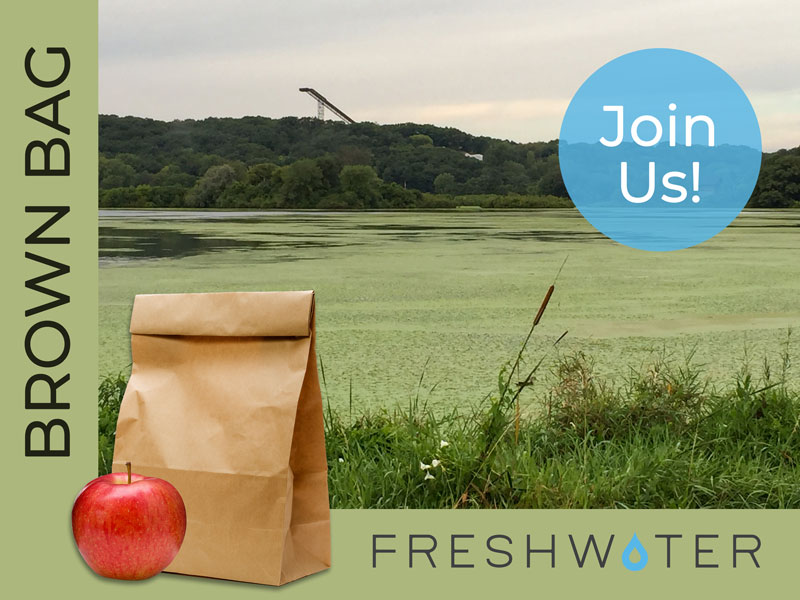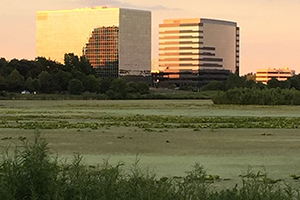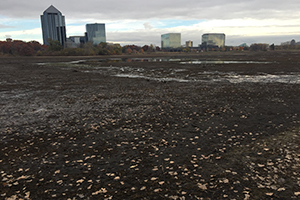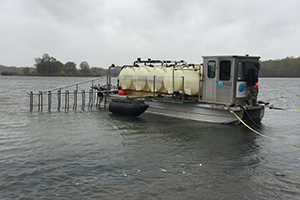Please join us Wednesday, July 14
12–1 pm on Zoom
Join DNR and MPCA scientists Mike Berndt and Ed Swain to hear how they have been spending their early retirement continuing to think about the complexities of nutrient cycling in Minnesota lakes.
Mike Berndt holds a doctorate in geology from the University of Minnesota, and Ed Swain holds a doctorate in ecology and evolutionary biology from the University of Minnesota.
Normandale is a high flow metro lake that usually passes standards for total P, Secchi, and Chlorophyll A. It was treated to reduce internal P loading even though growth appears limited by external nitrogen sources.
Maybe it’s a strange combination—why was it treated if it passes standards? Why treated for P if N limited? How did that work?
Nitrogen stimulation of algal growth can also be the consequence of increased phosphorus availability. Sulfate pollution can increase the availability of both phosphorus to macrophytes and algae, and can amplify the likely increased plant growth response to nitrogen pollution. This enhanced plant growth and plant death results in a difficult-to-reverse positive feedback loop where the mobilized phosphorus increases algal growth, producing organic matter that feeds the bacteria that produce sulfide that perpetuate the mobilization of phosphorus from the sediment back into the surface water, where algae is again stimulated to grow. Sulfate pollution therefore causes eutrophication of systems that are not already high in sulfate, decreasing water transparency, decreasing hypolimnetic oxygen, changing the plants and animals that can grow in the system, and ultimately changing the very nature of the ecosystem.
Add event to calendar



